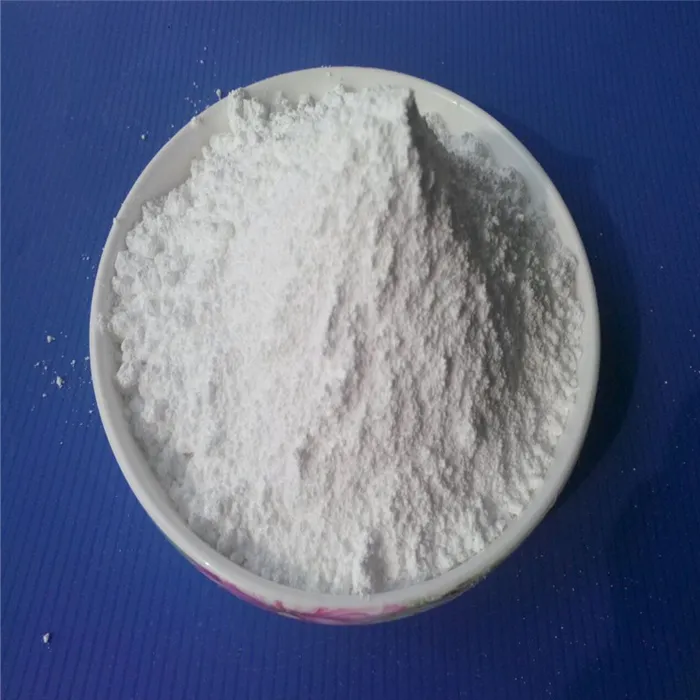Sodium Thiocyanate Solution Properties and Applications
Sodium thiocyanate (NaSCN) is an inorganic compound that appears as a white, crystalline solid. It is highly soluble in water and is commonly used in a variety of applications across different fields, including chemistry, biology, and industrial processes. This article aims to explore the properties, preparation, and applications of sodium thiocyanate solution, shedding light on its significance and versatility.
Properties of Sodium Thiocyanate
Sodium thiocyanate is characterized by its molecular weight of 81.07 g/mol. The compound is composed of sodium (Na+), a metal cation, and thiocyanate (SCN−), a polyatomic anion. Its solubility in water is quite high, with approximately 76 g of sodium thiocyanate dissolving in 100 mL of water at room temperature. This solubility is a critical property that enables its use in various applications.
The solution of sodium thiocyanate is neutral, with a pH value typically around 7, making it compatible with many biological and chemical systems. The thiocyanate ion bears significant relevance in chemical reactions, functioning as a weak field ligand in coordination chemistry. Moreover, it can form complexes with various metal ions, enhancing its utility in analytical chemistry.
Preparation of Sodium Thiocyanate Solution
Sodium thiocyanate can be prepared through a straightforward chemical reaction between sodium carbonate (Na2CO3) and ammonium thiocyanate ((NH4)SCN), or alternatively, by reacting sodium hydroxide (NaOH) with thiocyanic acid (HSCN). For laboratory preparation, the latter method is more common, which involves the following reaction
\[ \text{NaOH} + \text{HSCN} \rightarrow \text{NaSCN} + \text{H}_2\text{O} \]
Upon preparing the solid salt, a sodium thiocyanate solution is then made by dissolving the required amount of NaSCN in distilled water, achieving the desired molarity based on the intended application
.Applications of Sodium Thiocyanate Solution
sodium thiocyanate solution

1. Chemical Analysis Sodium thiocyanate is widely utilized in analytical laboratories for its role in complexometric titrations and as a reagent in the detection of various metal ions. It readily forms complexes with heavy metals, such as cobalt, iron, and nickel, making it essential for qualitative and quantitative analysis in environmental chemistry.
2. Biochemistry and Molecular Biology In biological research, sodium thiocyanate has applications in stabilizing proteins. Its ability to disrupt hydrogen bonds makes it useful in protein denaturation studies. Additionally, it is employed in some extraction protocols for isolating nucleic acids.
3. Industrial Uses Sodium thiocyanate solution finds extensive use in the textile and paper industries, where it acts as a scavenger for certain metal ions during the dyeing process. It assists in improving dye uptake and enhancing the overall quality of the final product.
4. Agricultural Chemistry In the field of agriculture, sodium thiocyanate solution can be used as a herbicide in various formulations, helping manage weed populations in crops. Moreover, its efficacy against certain pests adds to its agricultural relevance.
5. Pharmaceutical Applications Sodium thiocyanate has also been explored in pharmaceutical research. Studies have shown that thiocyanate ions can impact thyroid function, and thus, it has implications in the treatment of certain thyroid conditions. However, it should be used with caution, as elevated levels of thiocyanate can lead to toxicity.
Safety Considerations
While sodium thiocyanate is generally regarded as safe when handled properly, it is essential to follow safety guidelines. Eye and skin contact should be avoided, and inhalation of dust or vapors can cause irritation. Ingestion of significant amounts may lead to more severe health issues, including complications related to cyanide toxicity. Therefore, appropriate personal protective equipment (PPE) should be worn while handling the compound.
Conclusion
Sodium thiocyanate solution is a versatile compound with a wide range of applications in chemical analysis, biochemistry, industrial processes, and beyond. Its significant solubility and the ability to form complexes with various materials, along with its presence in numerous research and industrial settings, underscore its importance. As with all chemical substances, understanding its properties and safety considerations is crucial for effective use in both laboratory and industrial environments.

